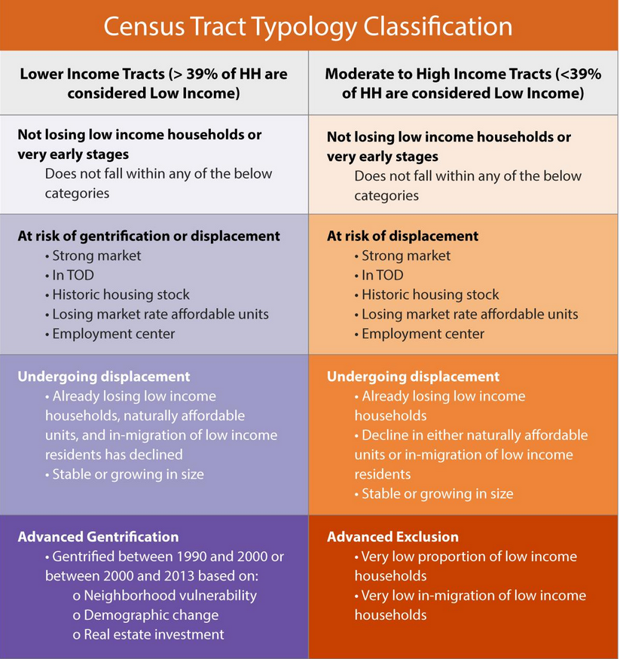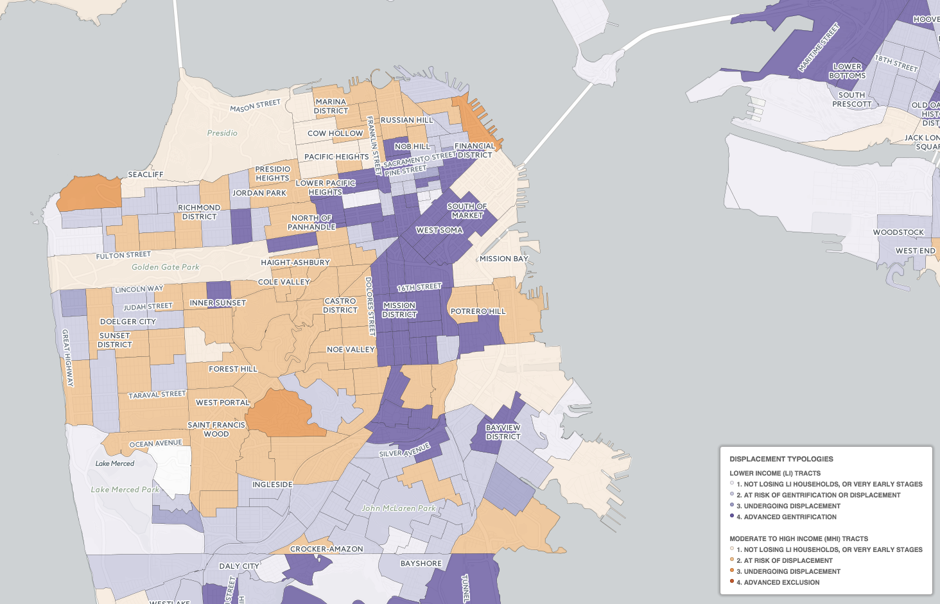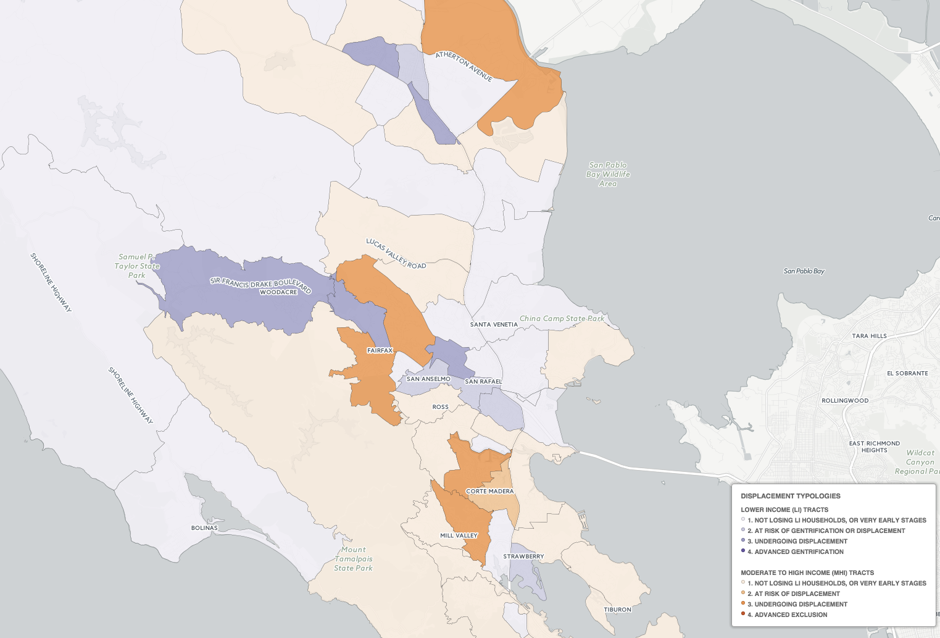Dictators, genocidal maniacs, and other heads of UN member governments will convene at the UN headquarters in New York City this September to rubber stamp the radical agenda. It aims to replace the last 15-year UN plan, dubbed the “Millennium Development Goals,” set to expire this year. Already, the UN is demanding trillions of dollars every year to implement its latest 15-year plan. “All countries and all stakeholders, acting in collaborative partnership, will implement this plan,” declares the document, adopted by "consensus" on August 1 by UN member governments and dictatorships. “We are determined to take the bold and transformative steps which are urgently needed to shift the world onto a sustainable and resilient path. As we embark on this collective journey, we pledge that no one will be left behind.”
UN boss Ban Ki-moon was evidently excited about the agenda. “‘Transforming our World: The 2030 Agenda for Sustainable Development’ encompasses a universal, transformative and integrated agenda that heralds an historic turning point for our world,” the UN chief said in a statement, falsely claiming that the proposed global “sustainable development” regime was the result of a “truly open, inclusive and transparent process.” “This is the People's Agenda, a plan of action for ending poverty in all its dimensions, irreversibly, everywhere, and leaving no one behind. It seeks to ensure peace and prosperity, and forge partnerships with people and planet at the core. The integrated, interlinked and indivisible 17 Sustainable Development Goals are the people's goals and demonstrate the scale, universality and ambition of this new Agenda.”
The purpose of government, according to America’s Founders and the Declaration of Independence they produced, is to protect the God-given rights of individuals — the rights to life, liberty, property, and the pursuit of happiness; rights self-evidently endowed to each person by his or her Creator. By contrast, the UN’s newly unveiled 17 “Sustainable Development Goals” represent a vision that could not be more at odds with the Founders’ views on government. For instance, under the 17 planks, the UN and its oftentimes savagely brutal member regimes are presented as benign parents or nannies responsible for taking care of young children. Everything from food and education to welfare, healthcare, and jobs is covered under the far-reaching scheme. Bureaucrats are demanding $5 trillion per year — yes, trillion with a t — to implement the plan.
But why is the nightmarish and costly vision of total government control — a vision so far removed from traditional U.S. ideals about the role of government to safeguard individual rights — so embedded throughout the UN’s latest master plan? It almost certainly has something to do with the nature of the totalitarian-minded regimes that developed it. A key player among those dictatorships was the Communist Chinese autocracy, infamous for forced abortions, censorship, religious and political persecution, the “one-child policy,” terrible pollution, kangaroo courts, brutal tyranny, and of course, murdering more human beings than any other entity in all of human history. And Beijing’s role in the UN agenda is hardly a secret, with Communist Chinese propaganda organs trumpeting it.
“China has made important contributions to the global efforts in reaching a fair, inclusive and sustainable post-2015 development agenda,” the regime’s deputy permanent representative to the UN, Wang Min, was quoted as saying in a report by the Communist Chinese news and espionage service Xinhua. “China is also very active in putting forward Chinese proposals…. The agreement includes important proposals by China and many other developing countries in numerous aspects.” In the Xinhua article, headlined “China plays crucial role in formulating historic global development plan: envoy,” the Chinese dictatorship is also presented as key player in unifying the UN’s member regimes around the radical agenda.
Beijing used its vast propaganda bureaucracy in an effort to drum up some semblance of public support for the draconian master plan. The regime’s propagandists, for example, repeated UN talking points, claiming the new agenda was devised “to redefine how the global community works together to tackle poverty and improve living standards while protecting the environment.” Similar language about the UN’s agenda somehow saving humanity and the Earth from evil humans and capitalist exploiters has been touted for months by pro-UN propaganda outlets masquerading as media outlets. Indeed, as The New American reported last month, the UN is currently working on the largest propaganda blitz in its history to try to create at least the impression of some public support for its agenda.
The Communist Chinese government, which has its operatives at the top of myriad UN agencies, is looking forward to the sustainability planks being rubber stamped next month. “The agreement also lays a sound foundation for a successful summit on development in September,” said Wang, the dictatorship’s deputy UN representative. “China looks forward to the successful adoption of the Post-2015 Development Agenda at the UN Summit on Development, and this will help promote the international community to further focus on the development agenda and create a better international environment for the development of developing countries and the common prosperity of the world.”
In recent years, the Chinese dictatorship and its autocratic allies have become increasingly vocal in demanding an empowered, more totalitarian UN. From global wealth redistribution to a global currency, the regime continues to push for what it often describes as a “New World Order” — an order with a neutered United States and a powerful UN that is more responsive to the demands of Third World autocrats. Those sentiments mesh well with the latest UN master plan. For example, “Goal 10” on the list is “Reduce inequality within and among countries.” Goal 12, meanwhile, declares that the UN and its member regimes must “Ensure sustainable consumption and production patterns.” If those planks sound suspiciously Communist-inspired, they should.
You and your family are in the UN’s crosshairs, too, as the document itself makes clear. “This is an Agenda of unprecedented scope and significance,” the agenda boasts. “It is accepted by all countries and is applicable to all.” That, of course, means you, too — and lest you think you might escape the “sustainability” agenda, the text mentions on at least five occasions that nobody, not a single human being, will be left “behind.” So while it may be touted as the “People’s Agenda,” based on the UN’s own documents, the “people” will have no choice about whether or not they wish to participate in the UN’s grandiose plans. Again, it is “applicable to all,” and “no one will be left behind.”
But for those Americans who wish the UN and its member regimes would leave them and their liberties alone, the American Sovereignty Restoration Act would withdraw the U.S. from the UN while removing the dictator club’s headquarters from U.S. soil.












